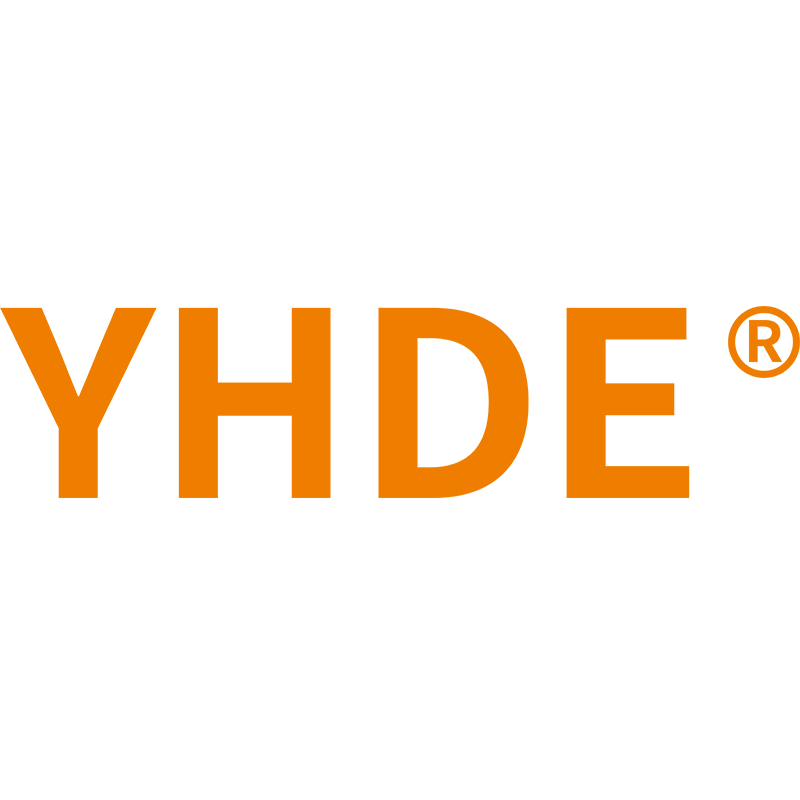Double vane pump PV2R24-26-136-F-RAAA technical parameters and application instructions
1. PV2R24-26-136-F-RAAA vane pump technical parameters
① Model identification
PV2R24: represents the series number of the double vane pump;
26: represents the nominal displacement of the small displacement pump cm³/rev;
136: represents the nominal displacement of the large displacement pump cm³/rev;
F: installation form, F is flange installation;
R: rotation direction, R is clockwise;
A: direction of the oil discharge port of the small displacement pump (from the shaft end), A is upward;
A: direction of the oil discharge port of the large displacement pump (from the shaft end), A is upward;
A: direction of the oil suction port (from the shaft end), A is upward;
② Displacement
Small displacement pump displacement: 26.6 cm³/rev;
Large displacement pump displacement: 136 cm³/rev;
Maximum working pressure: 210 kgf/cm²;
Speed range: 600-1800 rpm;
Volumetric efficiency: At rated pressure and speed, the volumetric efficiency is not less than 90%, indicating that the hydraulic vane pump can effectively convert the input mechanical energy into hydraulic energy, reduce internal leakage, and improve energy utilization;
2. PV2R24-26-136-F-RAAA Vane Pump Application and Installation Instructions
① Application areas: injection molding machine industry, die casting machine field, rubber machinery
② Installation and debugging:
Installation
Foundation preparation: Before installation, ensure that the installation foundation is flat and firm to reduce the vibration of the double pump during operation. Shock-absorbing pads and other measures can be used to further reduce the impact of vibration on the pump and system.
Confirmation of rotation direction: During installation, carefully check that the rotation direction of the double pump is consistent with the mark, otherwise the pump will not be able to absorb and discharge oil normally, or even damage the internal parts of the pump. The rotation direction can be confirmed by manual turning.
Oil pipe connection: The inlet and outlet oil pipes should be connected tightly to avoid leakage. At the same time, the length and bending radius of the oil pipe should meet the requirements to reduce the pressure loss of the oil in the pipeline. Generally, the bending radius of the oil pipe should not be less than 3-5 times the outer diameter of the oil pipe.
Debugging
Oil filling and oil level check: Before debugging, the system should be filled with hydraulic oil that meets the requirements, and the oil level should be checked to see if it is within the specified range. If the oil level is too low, the pump will not be able to absorb enough oil, resulting in noise and vibration; if the oil level is too high, the mixing loss of the oil may increase, resulting in an increase in oil temperature.
Load increase and parameter monitoring: After starting the hydraulic vane pump, gradually increase the load and observe the operation of the hydraulic vane pump, including whether the pressure, flow, noise and other parameters are normal. If there is any abnormality, stop the pump immediately for inspection. For example, the system pressure can be monitored by a pressure gauge to ensure that it is within the rated pressure range of the pump.
Adjustment of pressure control components: During the debugging process, pay attention to adjusting the system's safety valve, relief valve and other pressure control components to ensure that the system pressure is within the rated pressure range of the double vane pump to avoid overload operation. The set pressure of the safety valve should generally be 10% - 20% higher than the rated pressure of the vane pump to provide overload protection.
